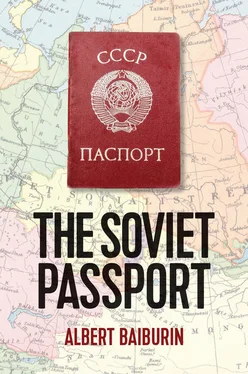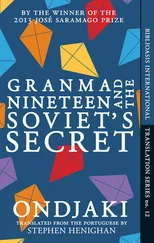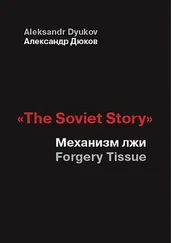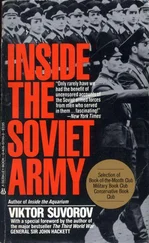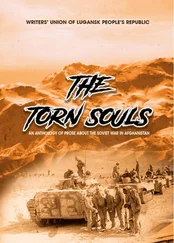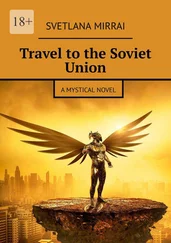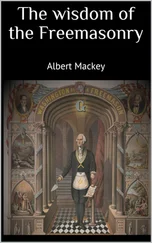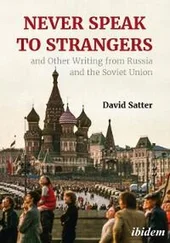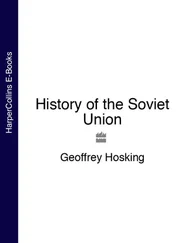37 37. PSZ, I, Vol. I, XXV, No. 18600.
38 38. PSZ, I, Vol. XXVII, No. 20595.
39 39. PSZ, I, Vol. XVI, No. 11988.
40 40. PSZ, I, Vol. XXVIII, No. 21939.
41 41. PSZ, I, Vol. XXXI, No. 24902.
42 42. PSZ, III, Vol. XXV, No. 26125.
43 43. Lyudmila Gatagova, ‘Kristallizatsiya etnicheskoi identichnosti…’.
44 44. Vladimir Solovyov, ‘Chteniya o bogochelovechestvye…’, p. 244.
45 45. For the religious picture of the Empire which emerged from the Census, see Pervaya Vsyeobshchaya perepis’…, Table XII.
46 46. John Torpey, ‘The Great War and the birth…’; compare this with the following: ‘At the Dresden Conference in 1850 passport rules on the territory of the German states were greatly simplified, and in 1859 Austria signed up to the Agreement. In 1865 and 1867 passport restrictions in Germany were virtually nullified. Passport restrictions were gradually abolished also in Denmark in 1862 and 1875; Spain, 1862 and 1878; and Italy, 1865 and 1873.’ Kronid Lyubarsky, ‘Pasportnaya sistema…’.
47 47. Valentina Chernukha, ‘Pasport v Rossiiskoi imperii…’, p. 112.
48 48. Sistematichesky sbornik zakonov…; Viktoriya Romanova, ‘Yevreyam priyezd i vodvoreniye…’; Liliya Kalmina, Yevreiskiye obshchiny….
49 49. PSZ, II, Vol. I4, pp. 1–102.
50 50. Valentina Chernukha, ‘Pasport v Rossiiskoi imperii…’, p. 116.
51 51. Ibid., p. 119.
52 52. Details about individuals were already held in a large number of documents: the registers of births, marriages and deaths; family lists; residential registers; citizens’ books; census lists; lists of those who had been sent in permanent exile; lists of peasants who were working at factories; official and service lists; inspectors’ notes; registration documents for noble families; alphabetical lists of noble families; details of people wanted by the police; and others. Each of these usually included the name, patronymic and surname; place and date of birth; position; place of permanent residence; and marital status.
53 53. PSZ, III, Vol. XIV, No. 10709. For the history of the creation of the ‘Resolution’, see B.V. Ananich, ‘Iz istorii zakonodatel’stva…’, pp. 34–5.
54 54. ‘The residence permit was the document used by the police to keep track of the population … It was in addition to the passport and was issued at the place of permanent residence to the head of the family at the peasant homestead. The document included details about the holder’s wife; sons and male relatives up to the age of eighteen years (both blood relatives and adopted ones); daughters up to twenty-one years; people of declining years; and those who through ill-health could not live unaided. Males under the age of seventeen and females under twenty-one could receive their own residence permit only with the permission of their parents. In such instances, a note of authorization was needed. By the law of 1897, a separate residence permit could be issued by the regional governor, town mayor or police chief to the wife of someone who was missing, declared insane or for some other reason. The head of the homestead alone or the local head did not have the right to issue separate residence permits to individual members of the peasant families, even if they had reached adult age. Official offices kept copies of all of these documents. Note: in place of the residence permit, Raskol’niki were issued with certificates, listing surname, name, patronymic, place of residence and relatives who lived with them.’ (See S.N. Romanova and I.I. Glukhovskaya, ‘Ukazatel’ vidov dokumentov…’).
55 55. At that time, even if they worked where they lived, workers in factories and mines had to have a passport, in which the rules about supervision were printed.
56 56. The Resolution made it possible to take the registration of the population to a new level, as was shown by the first general census of the population of the Russian Empire on 9 February 1897. This was done by taking a synchronized look at the population on one day. To this day it is considered to have been exemplary.
57 57. Because of the First World War and the call-up of men to the Front, from 1914 married women could be issued with a passport without a man’s permission.
58 58. Valentina Chernukha, ‘Pasport v Rossiiskoi imperii…’, p. 162.
59 59. As noted ironically by Valery Popov, ‘The existing passport regime in the Russian Empire enabled even revolutionaries who had served their sentence for particularly dangerous crimes to exist not as outcasts from society, but to live in normal, tolerable conditions, to change their place of abode, to continue to carry out revolutionary activities, and even travel abroad. Many abuses were linked directly to the unnecessary liberalization of the passport regime’ (Valery Popov, ‘Pasportnaya sistema sovietskogo krepostnichestva…’, p. 98).
60 60. Valentina Chernukha, ‘Pasport v Rossiiskoi imperii…’, p. 128.
61 61. By this same decree of 5 October 1906, the peasantry were granted the same rights as members of other classes, including free choice of where to live.
2 Fifteen Passport-less Years
As early as 1903, when living in London, Vladimir Ilich Lenin made clear his view on the existing passport system in Russia. His pamphlet, ‘To the Rural Poor’, contends:
The Social-Democrats demand that the people shall have complete freedom of movement and occupation. What does freedom of movement mean? It means that the peasant should be free to go wherever he pleases, to move to whatever place he wants to, to live in any village or town he chooses without having to ask for permission from anyone. It means that passports should be abolished in Russia too (in other countries passports were abolished long ago), that no local police officer or rural superintendent should dare to hinder any peasant from settling or working wherever he pleases. The Russian peasant is still so much the serf of the officials that he is not free to move to a town, or to settle in a new district. The minister issues orders that the governors should not allow unauthorized settlement! A governor knows better than the peasant what place is good for the peasant! The peasant is a little child and must not move without permission of the authorities! Is that not feudal dependence? Is it not an insult to the people when any profligate nobleman is allowed to lord it over grown-up farmers? 1
These words of the future leader of the revolutionary proletariat are always quoted whenever there is a discussion about the first stage of drawing up the new legislation.
Just a few days after the October coup in 1917, on 11 November, 2the All-Russian Central Executive Committee (VTsIK) and the Council of People’s Commissars (SNK) jointly issued the decree, ‘On the Abolition of Class Distinctions and Civil Ranks’:
1. All classes and class distinctions, class privileges and class limitations, class organizations and institutions, as well as all civil ranks which have hitherto existed in Russia, are abolished.
2. All estates (noble, merchant, commoner, peasant, etc.), titles (prince, count, etc.), and designations of civil ranks (privy councillor, state councillor, etc.) are abolished, and in their places the inhabitants of Russia are to have one name common to all: citizens of the Russian Republic. 3
Given that the passport system was based on class distinctions (there were different rules for registration for each class, as well as different residence permits), a decree doing away with social classes automatically precipitated the dismantling of the previous passport system. What was more, this was taking place at the very moment when movement of the population was at its greatest, because of the war and the shock of the Revolution, and when the second principle behind the passport system – tying the person down to a particular place – had ceased to operate. With the demise of the old passport system, the Empire’s whole system of registration and control of the population also vanished. Nevertheless, passports and other documents issued previously would continue to function for a long time in the new circumstances. 4
Читать дальше
